Comprehensive Report on Soil Internal Erosion and Seepage in Dams
VerifiedAdded on 2023/04/20
|17
|1182
|169
Report
AI Summary
This report focuses on soil internal erosion and seepage, crucial aspects of dam safety. It delves into the mechanics of internal erosion, including concentrated leak erosion, hydraulic fractures, and backward erosion piping. The report emphasizes a risk-based approach, outlining potential failure modes (PFMs), phases of internal erosion, and important management factors. It discusses risk evaluation methods, including event sequences and both qualitative and semiquantitative risk assessments. Furthermore, the report examines methods for identifying and monitoring internal erosion, such as visual, non-visual, and intrusive techniques, along with seepage collection and measurement methods. It also addresses internal erosion remediation strategies, including immediate, non-immediate, and long-term actions, and methods for reducing piping potential. The research aims to offer a comprehensive overview of dam safety analysis, including engineering judgments, monitoring techniques, and surveillance methods.
1 out of 17
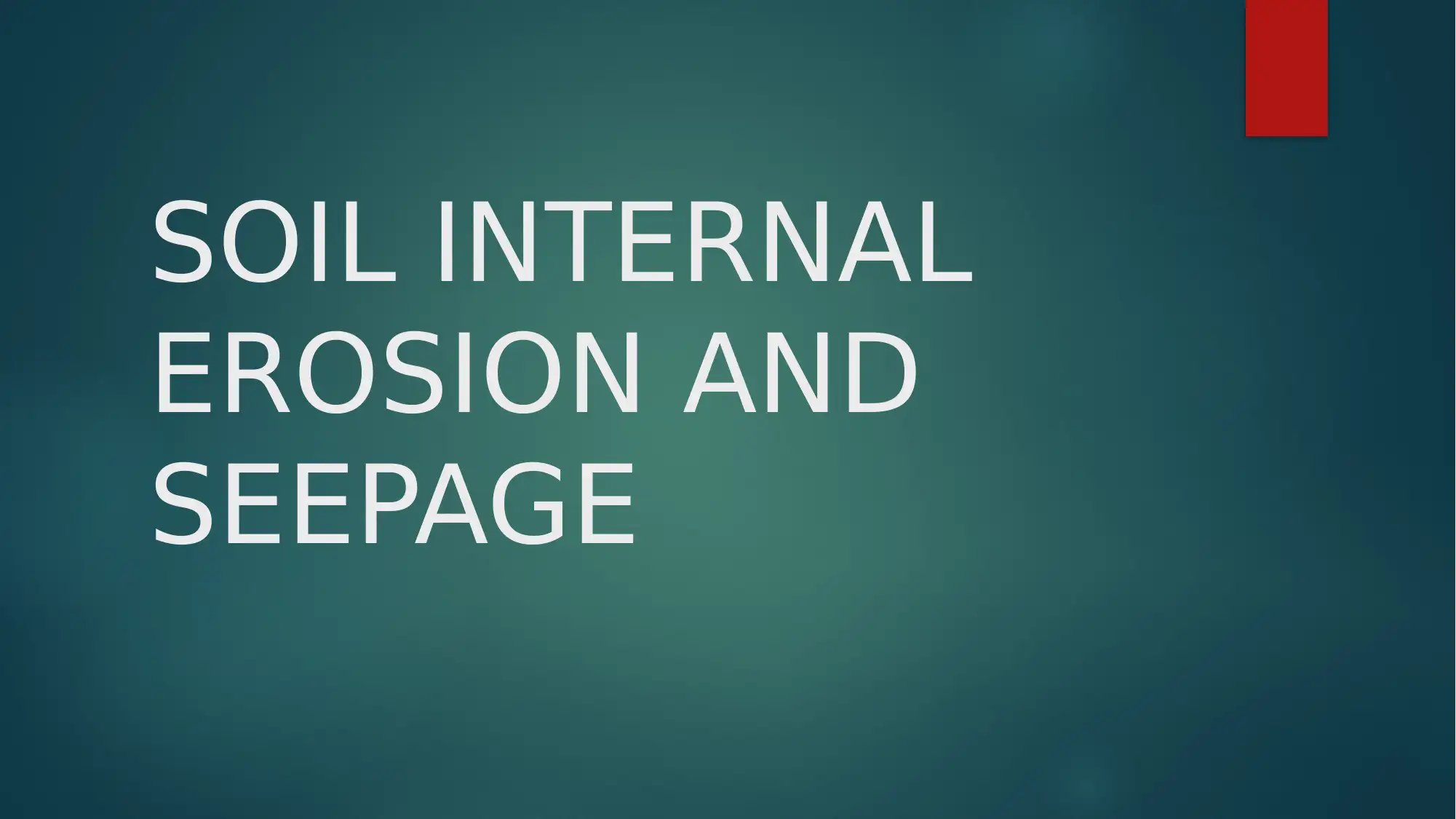
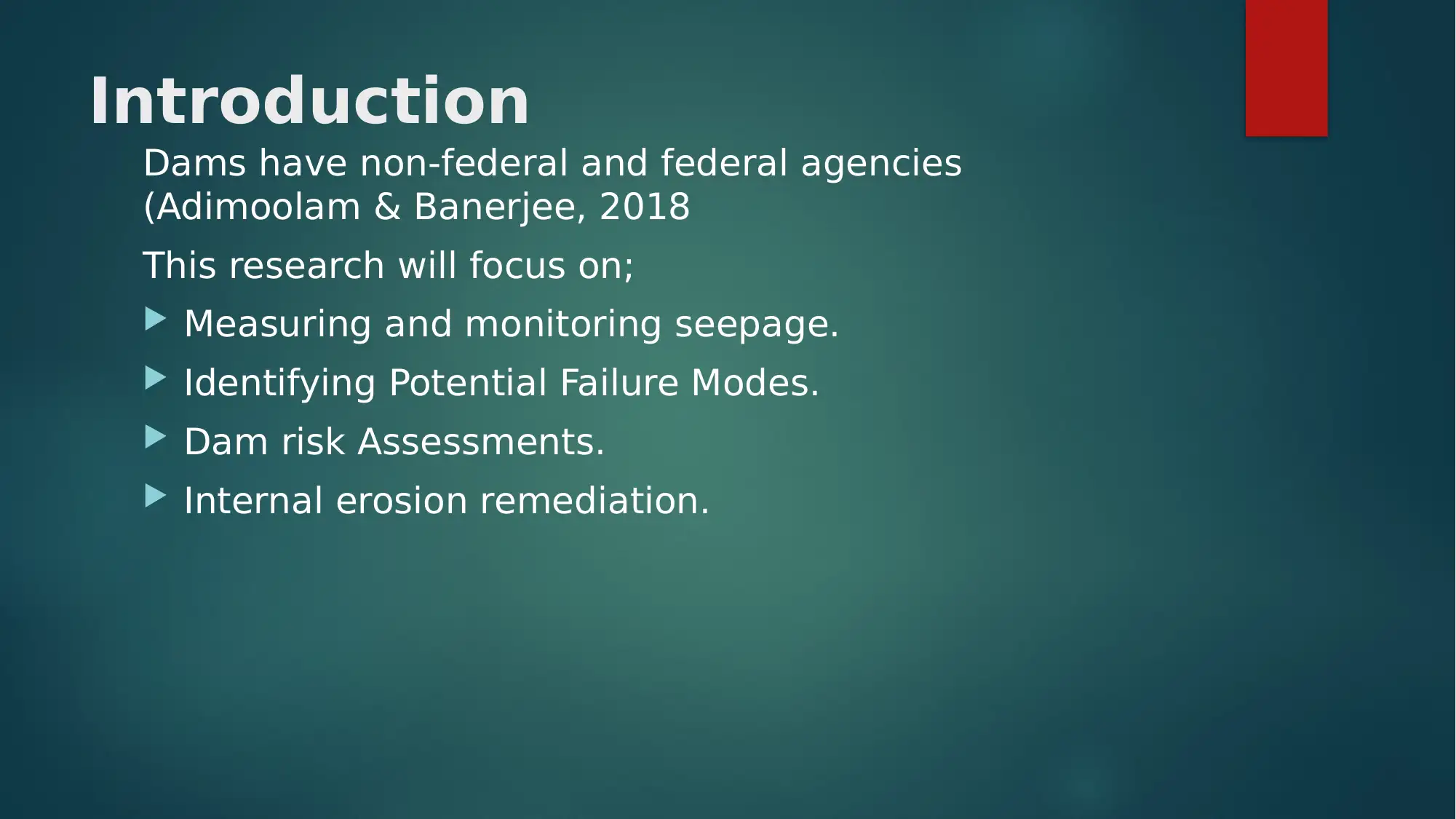
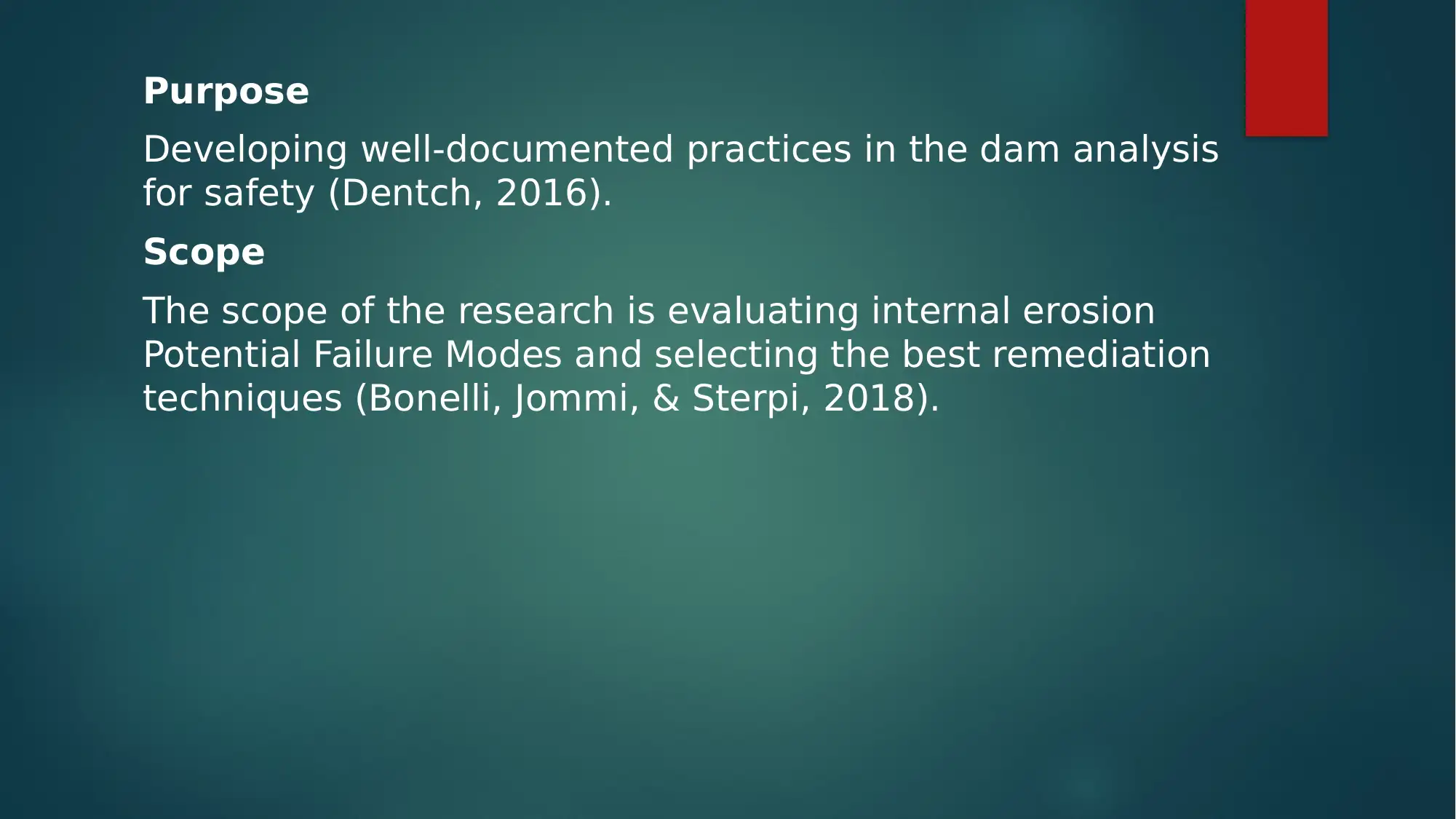

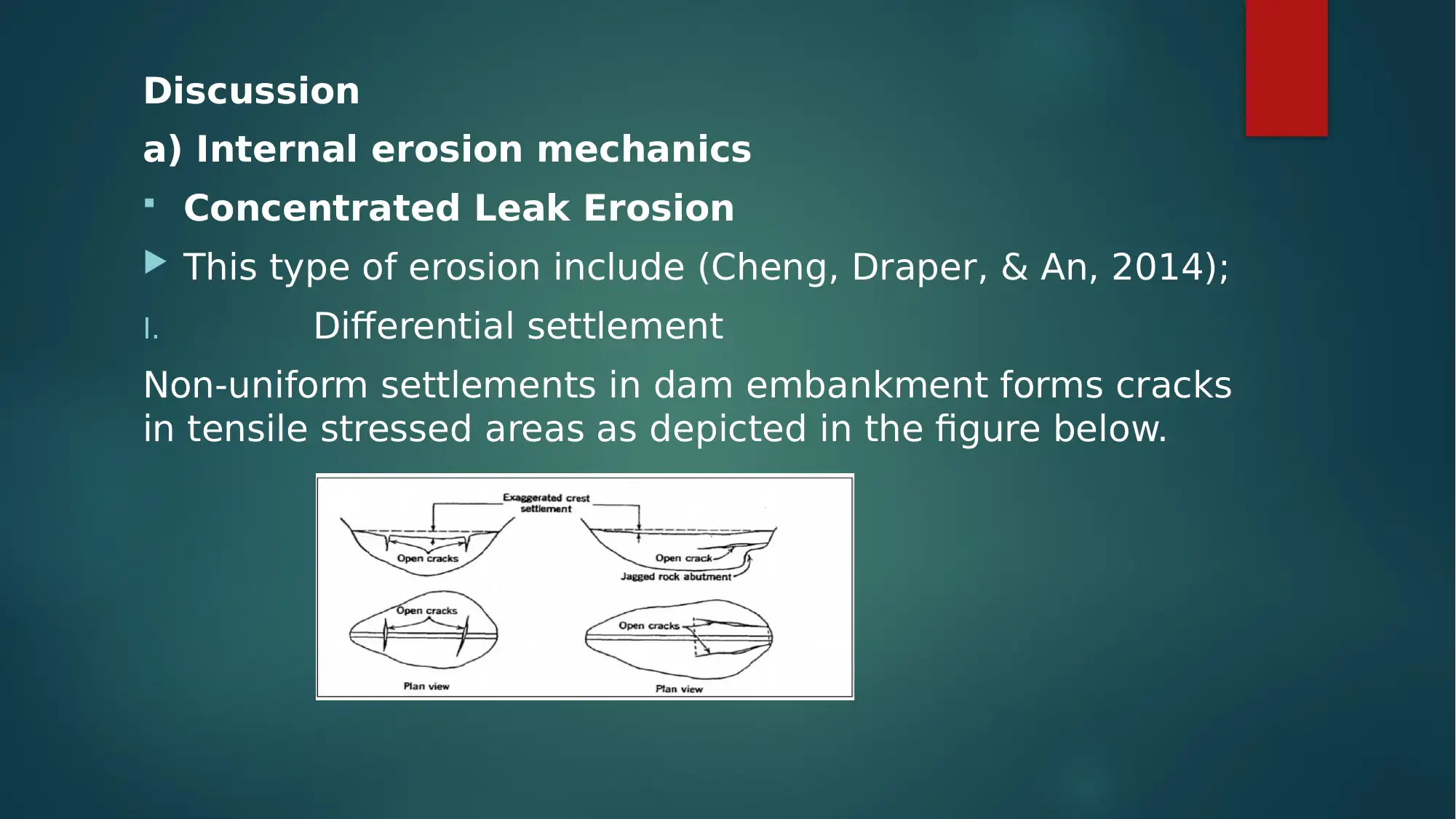

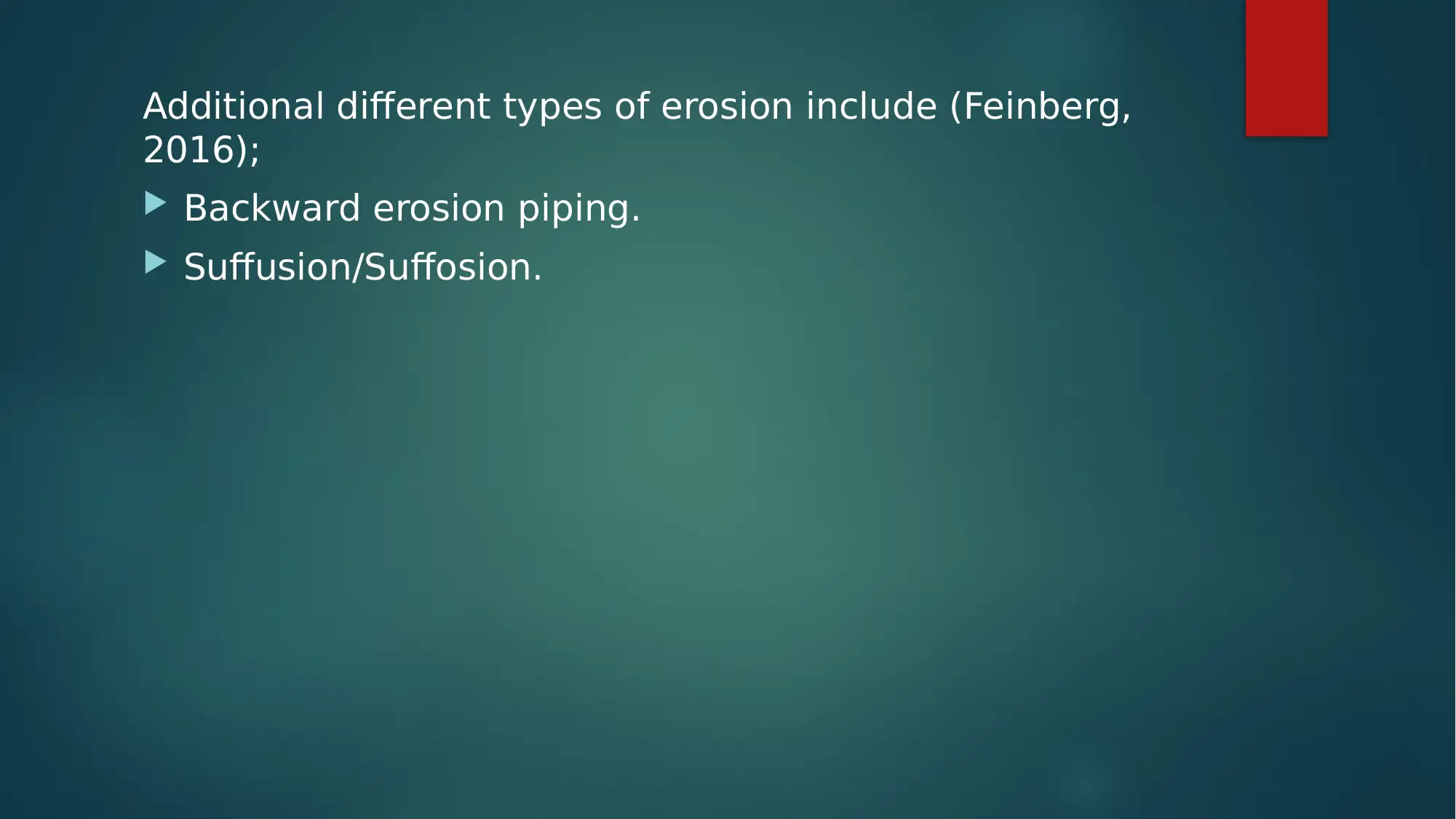



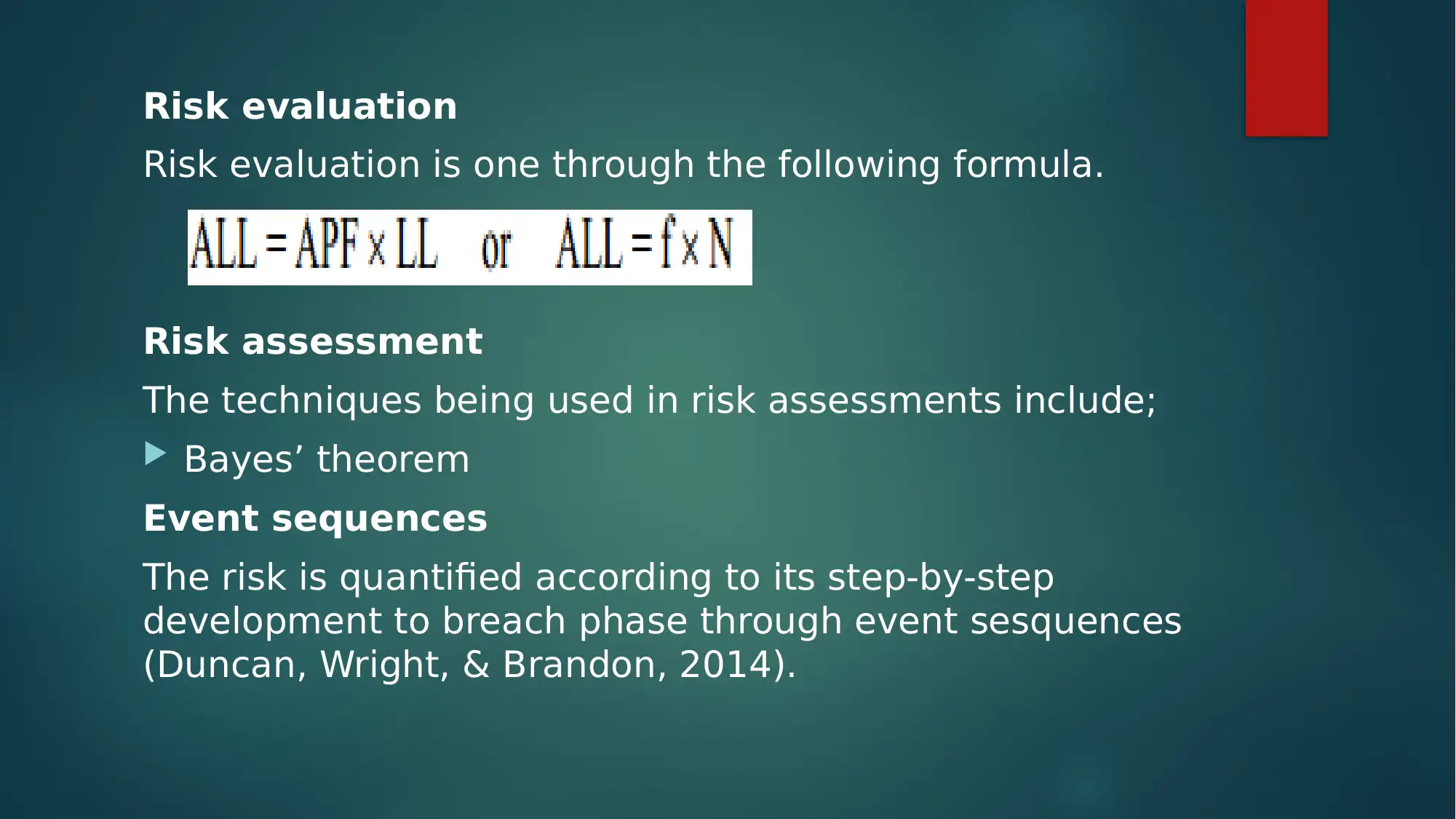
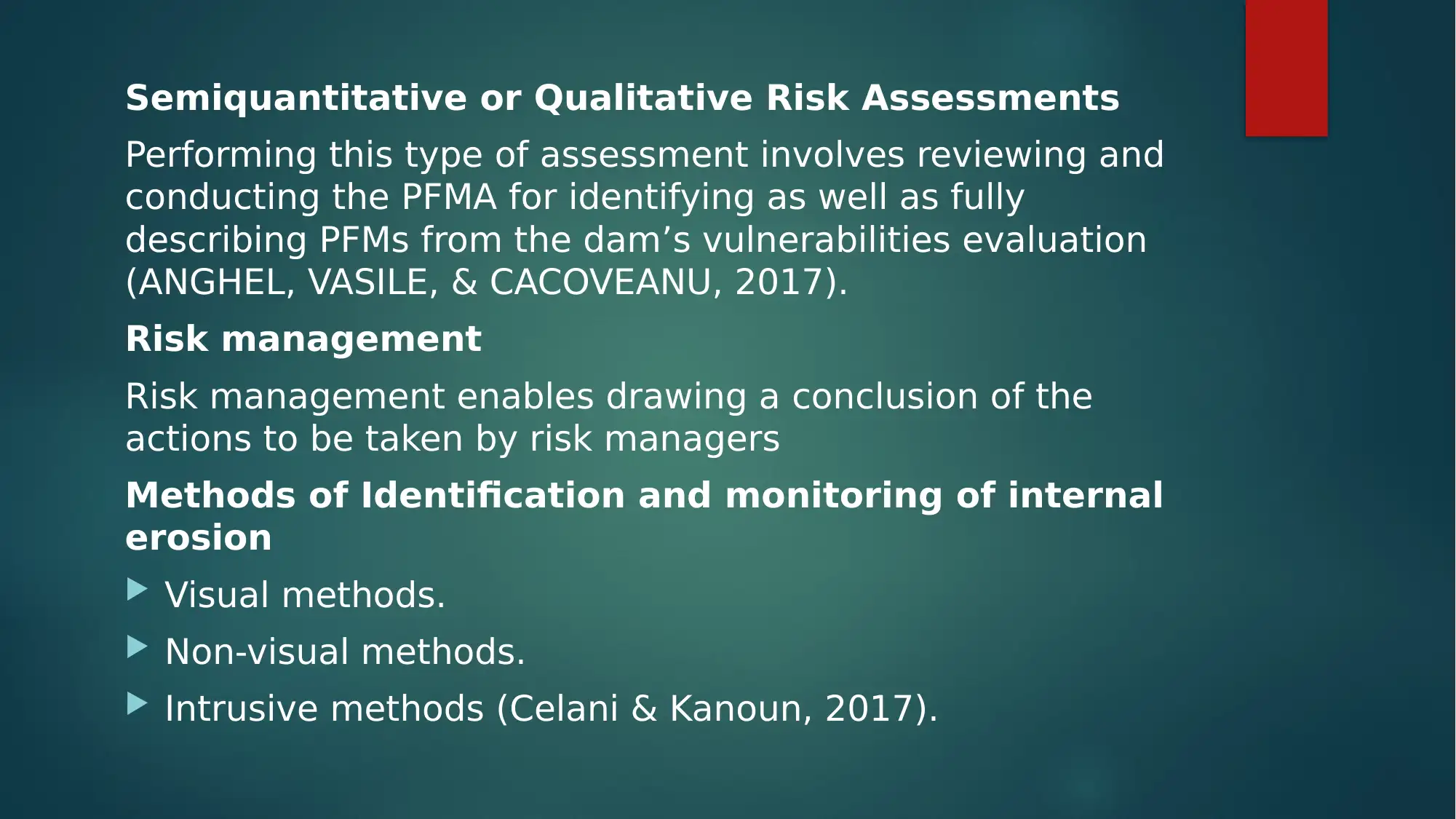
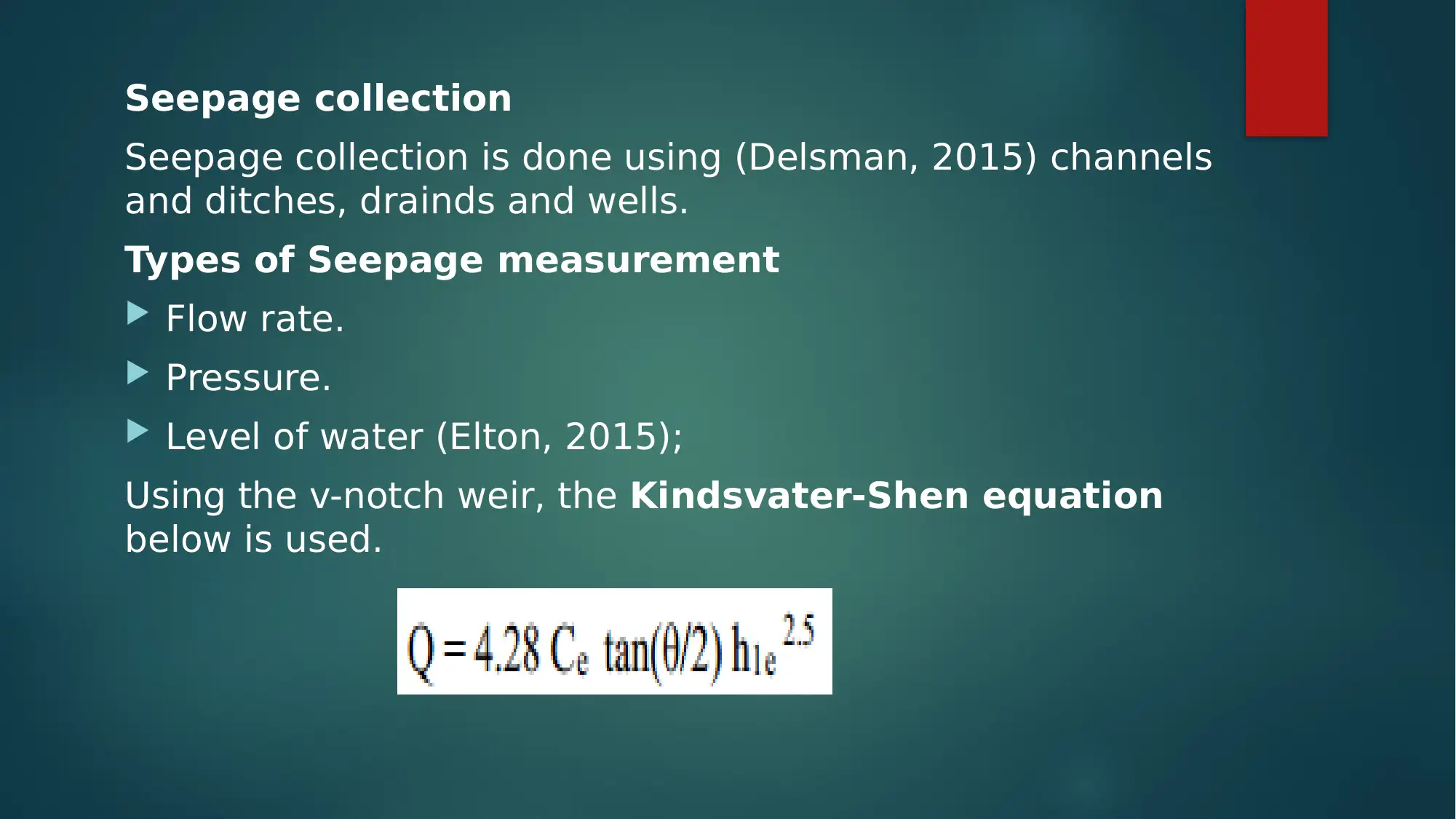

![[object Object]](/_next/static/media/star-bottom.7253800d.svg)